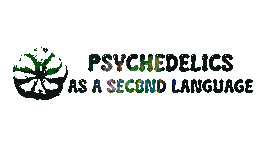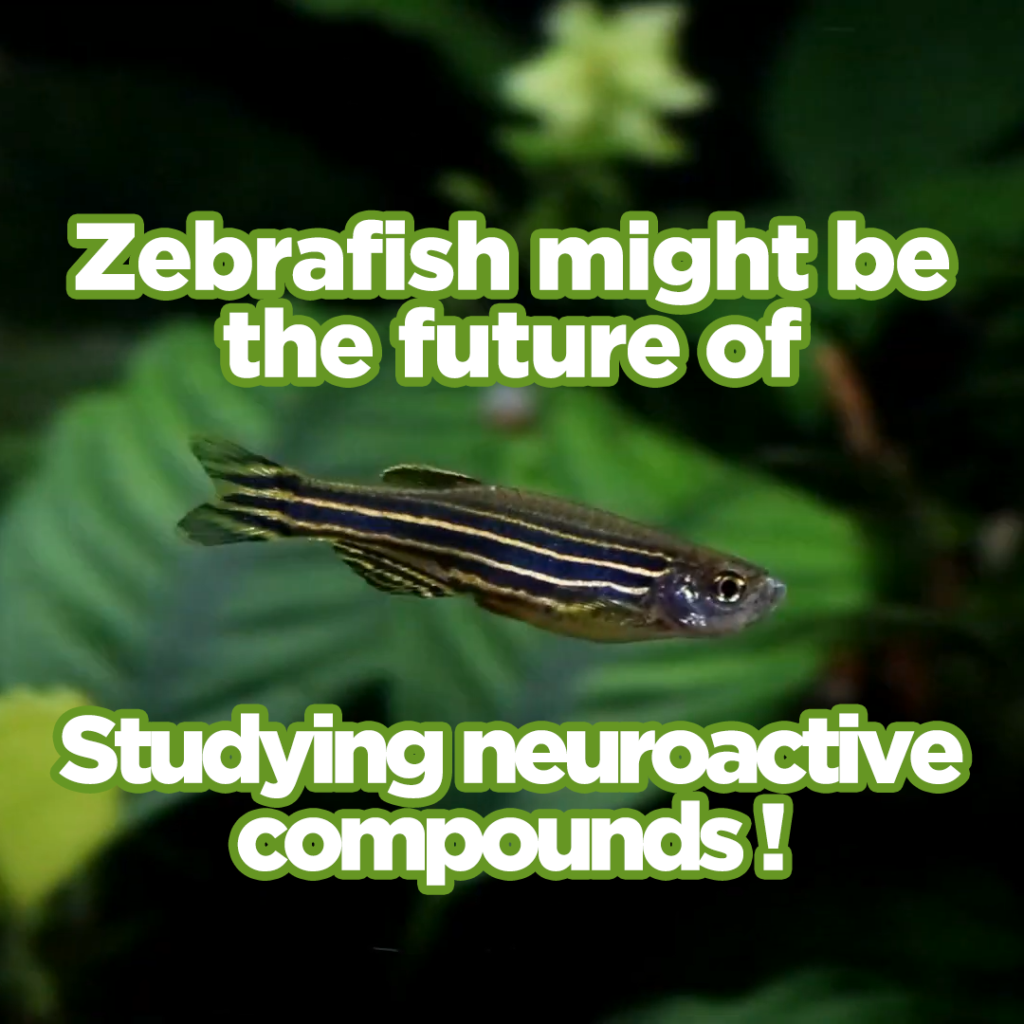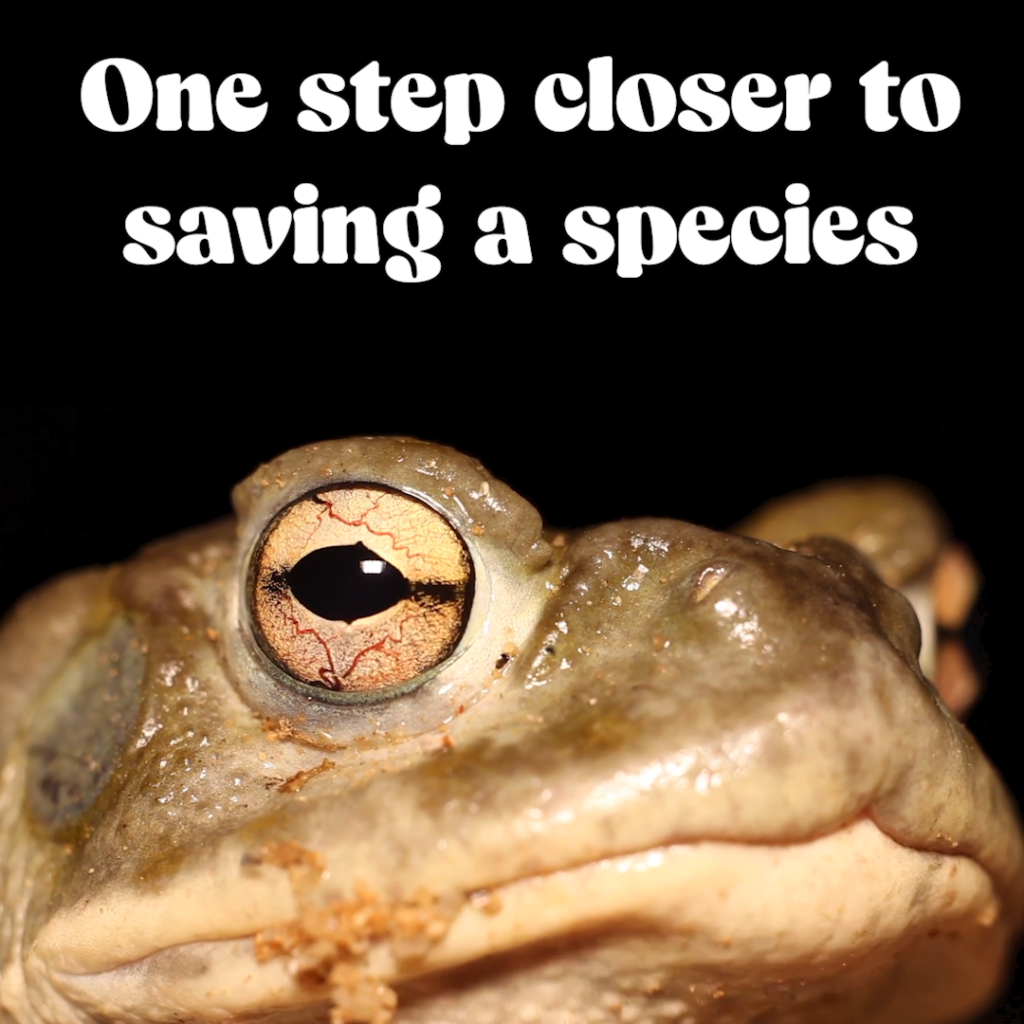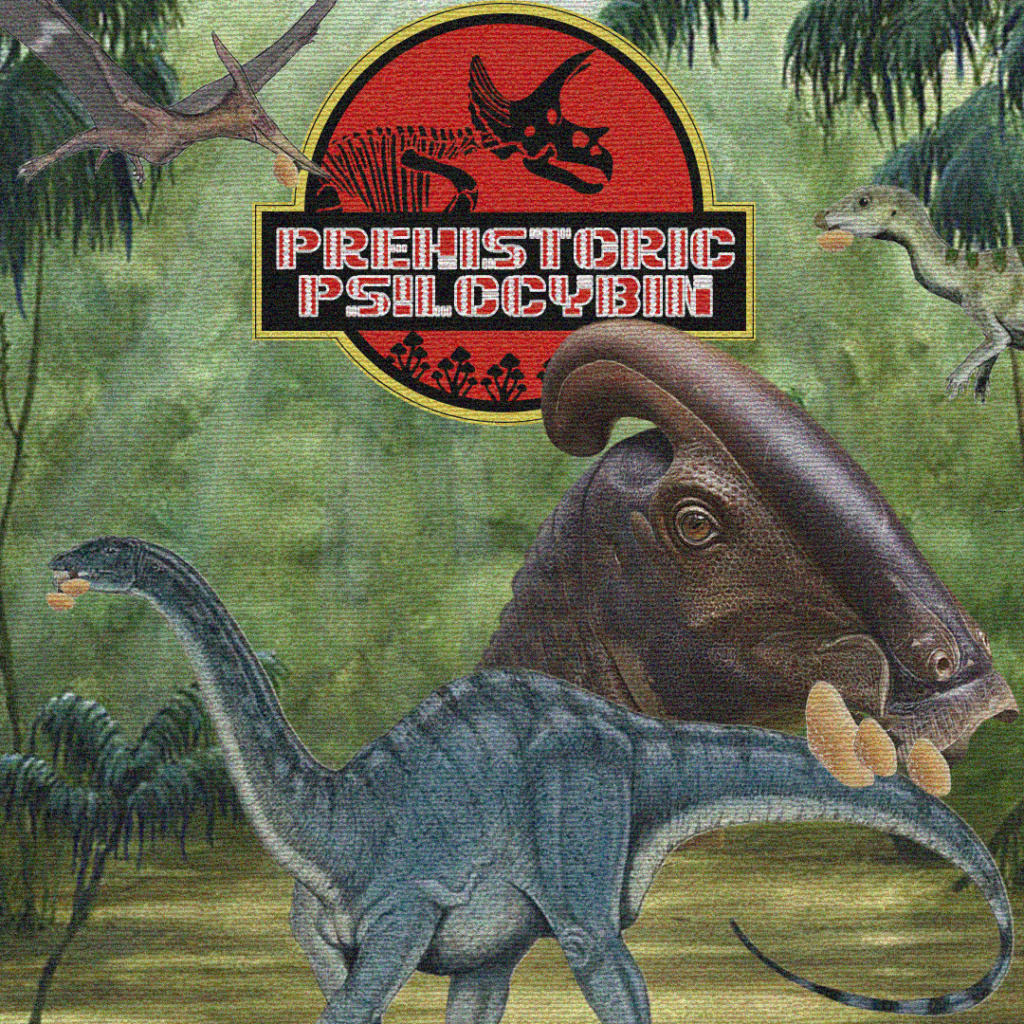JRT a new Lysergamide in the Horizon?
By altering the position of two atoms in the molecular structure of LSD, a team at UC Davis created the new compound named JRT and published the discovery on April 14th, five days before Bicycle Day.
The subtle change preserved the ability of the drug to stimulate brain cell growth and repair damaged neural connections, key features in treating cognitive decline while minimizing the psychedelic effects.
When given to mice, JRT has powerful neuroplastic effects and improved measures of the negative and cognitive symptoms of schizophrenia without showing behaviors and gene expression associated with psychosis.
“The development of JRT emphasizes that we can use psychedelics like LSD as starting points to make better medicines. We may be able to create medications that can be used in patient populations where psychedelic use is precluded.” – David Olson, director of the Institute for Psychedelics and Neurotherapeutics and professor of chemistry, biochemistry, and molecular medicine at UC Davis.
Find out more here!
JRT a new Lysergamide in the Horizon? Read More »








